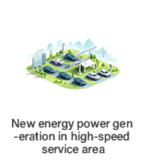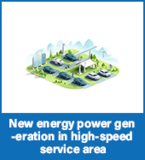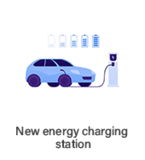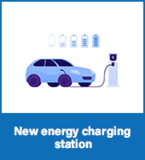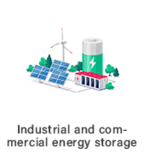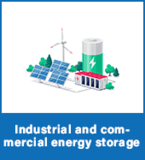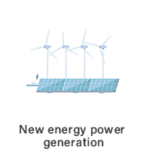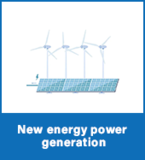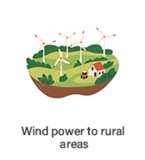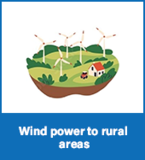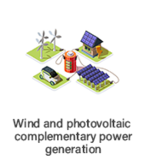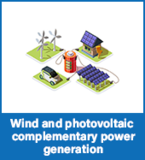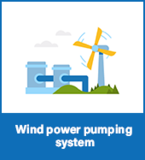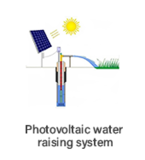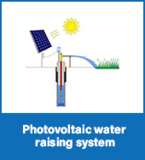WIND POWER PUMPING SYSTEM
With the global emphasis on sustainable development and environmental protection, finding green and low-carbon energy utilization methods has become an important issue. As an innovative form of energy utilization, wind power pumping system converts wind energy into mechanical energy, which drives water pumps to lift water sources. It not only meets practical needs such as agricultural irrigation and drinking water for humans and livestock, but also achieves green energy conversion and low-carbon emissions. This plan aims to propose a comprehensive wind power water lifting system solution to meet the demand for green electricity and promote sustainable development.
System Overview:
一、System composition
Wind power generation system: including wind turbines, towers, control systems, etc., responsible for converting wind energy into electrical or mechanical energy.
Lifting system: composed of water pumps, water supply pipelines, water storage tanks, etc., using the power provided by the wind power generation system to lift the water source.
Energy storage and control system: equipped with energy storage devices (such as battery packs) and intelligent control systems to ensure that a certain water lifting capacity can be maintained even in low wind conditions, and to optimize the overall operational efficiency of the system.
二、Working principle
The wind turbine rotates under the action of wind and drives the water pump to work through the transmission device. The water pump lifts the water source from low to high and transports it to the destination (such as farmland, reservoirs, etc.) through the water supply network. Energy storage devices store excess energy when the wind is strong, in preparation for use when the wind is weak. The intelligent control system monitors real-time parameters such as wind speed, water volume, and water level, automatically adjusts the system's operating status, and ensures efficient operation.
Solution implementation:
一、Preliminary research and planning
对目标区域的风力资源、水源条件、用电需求等进行详细调研。
根据调研结果,制定风电扬水系统的规划方案,包括风力发电机选型、水泵配置、输水管网布局等。
二、System Design and Construction
Design wind power generation systems and water lifting systems that meet actual needs, ensuring reasonable equipment selection and optimized layout.
Construct wind power plants and water lifting facilities, install wind turbines, water pumps, energy storage equipment, etc.
Lay a water pipeline network, connect the water source and destination, and ensure smooth and unobstructed water supply.
三、System debugging and optimization
Conduct joint debugging of the system to ensure the coordinated operation between the wind power generation system, water lifting system, and energy storage equipment.
Real time monitoring and data analysis of system operation status using intelligent control systems to optimize system operation strategies.
四、Operations Management and Services
Establish a professional operation and maintenance team responsible for daily maintenance, troubleshooting, and regular maintenance of the system.
Provide remote monitoring and technical support services to ensure the long-term stable operation of the system.
Benefit analysis:
一、Economic benefits
Reduce electricity expenses: The wind power pumping system has achieved energy self-sufficiency and reduced dependence on external electricity.
Improving agricultural production efficiency: Stable irrigation water sources can help increase crop yield and quality, and increase farmers' income.
二、Environmental benefits
Reduce carbon emissions: Wind power water lifting systems do not produce pollutants and greenhouse gas emissions, which helps improve environmental quality.
Protecting water resources: By utilizing water resources rationally, excessive exploitation of groundwater has been reduced, and the ecological environment of water resources has been protected.
三、Social benefits
Promoting sustainable development: Wind power water lifting systems have promoted the application of green energy and the achievement of sustainable development goals.
Enhancing public environmental awareness: Through demonstration effects, the public's awareness and participation in renewable energy and environmental protection have been increased.
The comprehensive solution for wind power pumping system is an innovative and efficient way of energy utilization. Through the organic combination of wind power generation and water lifting system, this solution not only meets practical needs such as agricultural irrigation and drinking water for humans and livestock, but also achieves green energy conversion and low-carbon emissions. The implementation of this plan will help promote the development and application of green energy, and facilitate the achievement of sustainable development goals.



